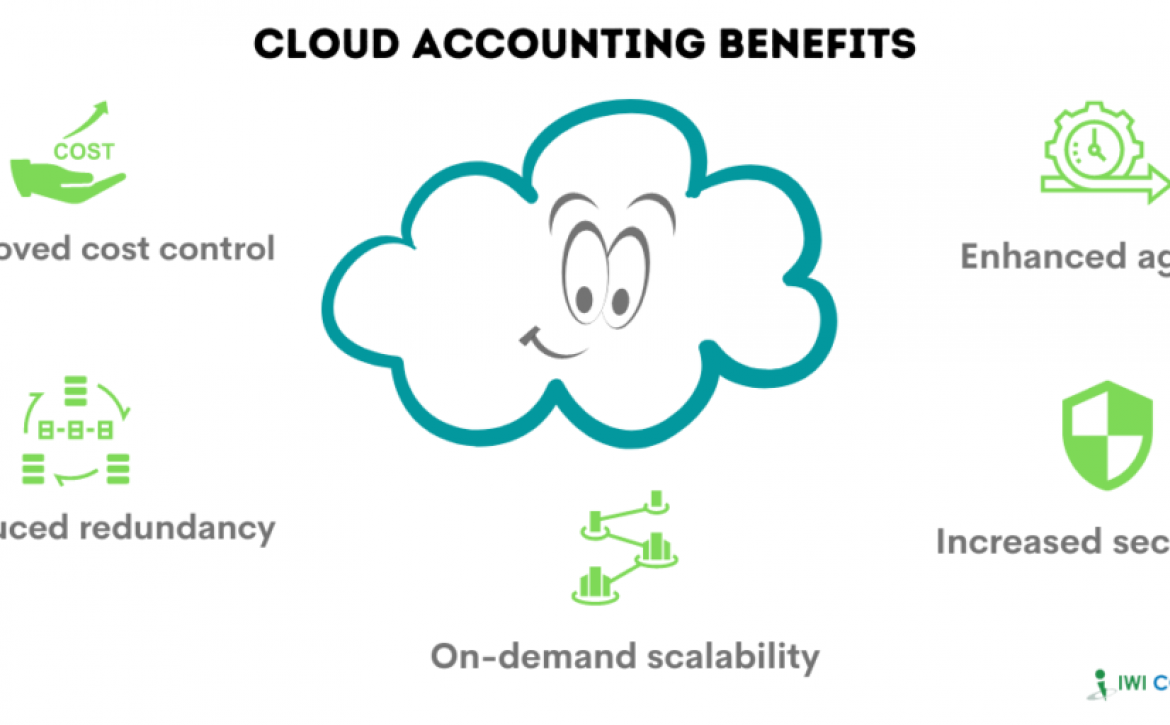Real-Time Data Sage X3: Manufacturing Process advantage.
Real-time data with supply chain and logistics issues likely to persist through 2023 and potentially into the following year, manufacturers need on-demand insight into what’s happening across their entire operation, from inventory arrivals to production floor processes to product shipping details.
As noted by the State of Service Level Objectives (SLOs) 2022 survey, however, less than half of manufacturing firms say they have visibility into the impact of current operations on meeting service-level objectives. This creates a productive paradox: While manufacturers recognize the need for increased process diversity to align with evolving supply chain and logistic impacts, lacking visibility can create additional complexity, in turn frustrating efficiency.
The result? Real-time data is now a critical component in manufacturing success. Here’s how Sage X3 can help.
The Trouble with Real-Time in Manufacturing Processes
Processes on the production floor happen in real time. For example, if a piece of machinery fails or a staff member makes an error, the results are immediate and potentially disruptive. What’s more, these problems have a downstream effect — critical component breakage could slow or entirely stop production further down the line.
While there’s no way to fully eliminate these problems, companies must know as much about what’s happened as soon as possible. Consider a sudden equipment failure. Even if data is collected every five minutes, the lag time between incident and information could lead to significant disruptions in performance until the issue is identified and remediated, after which companies still need to work through production backlogs until they’re back on track.
Using process management tools that provide real-time data, meanwhile, offers immediate insight. In the scenario above, this means notification would directly follow incident, in turn alerting floor managers to the problem and allowing them to pause production until the error was fixed.
While in both cases production suffered, the first saw a disconnect between incident and response followed by a backlog of orders — the second saw a stoppage of work but one that minimized the overall impact.
Put simply, the problem with time in manufacturing is that there’s never enough. Losing even more time to delayed data collection makes it harder to stay on track, and almost impossible to get ahead.
Keeping it Real (Time) with Sage X3
Sage X3 process manufacturing solutions let firms take control of product consistency, production planning, and compliance with access to accurate and reliable real-time data.
Key benefits of the Sage X3 solution include:
Complete responsiveness
With access to real-time data, it’s possible for companies to respond more quickly as consumer demands shift and purchasing requirements change. Long data lead times, meanwhile, can put businesses behind the curve when it comes to pinpointing key trends and ensuring operations stay on track.
Product consistency
Consistent product production reduces the risk of recall. This isn’t simply a time-saver — it can also help companies control costs by eliminating the need for expensive product redesign and redistribution. In addition, consistent processes make it possible to scale production up (or down) on demand to meet changing customer needs. In practice, however, this kind of consistency depends on the agility provided by real-time data — the data offered by Sage X3.
Consistent compliance
Compliance in manufacturing processes is rapidly getting more complex, especially as businesses branch out into global markets. Equipped with real-time data, companies are better prepared to provide the requested information to regulatory bodies and are better equipped to navigate evolving compliance expectations.
Anytime access
Real-time data only delivers on its potential if it comes with anytime, anywhere access. With Sage X3, managers and team leaders can quickly access the information they need, when they need it to get a clear picture of operations.
Taking Ownership of Key Operations
For manufacturing firms to see sustained success, operational ownership is critical. With supply chain disruptions continuing even as consumer expectations evolve and costs increase, even small problems in current processes can significantly impact processes.
As a result, companies can’t afford to ignore the impact of real-time data. The more they know and the quicker they know it, the better positioned they are to make data-driven decisions that help boost output and reduce downtime. With Sage X3, businesses can bridge the gap between what they know and what they need to know — whenever and wherever it happens.
Don’t keep using data processes that leave you behind the times. Take ownership of manufacturing processes with real-time process manufacturing solutions from Sage X3.
Ready to own your operations in real time? See how IWI Consulting Group can help. Let’s talk.









